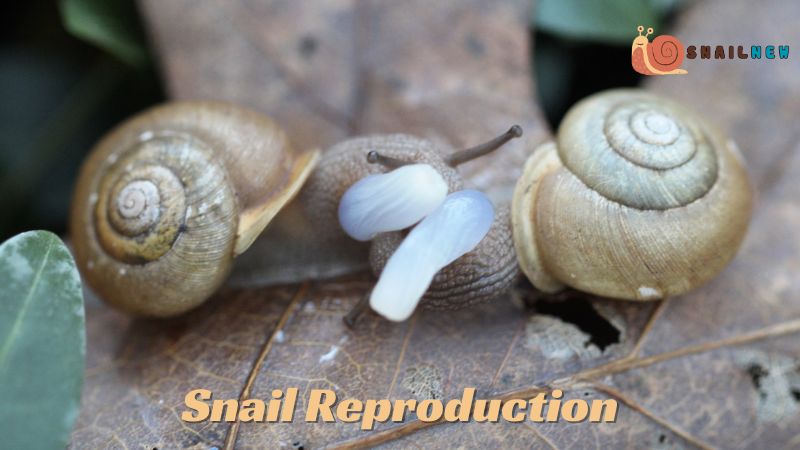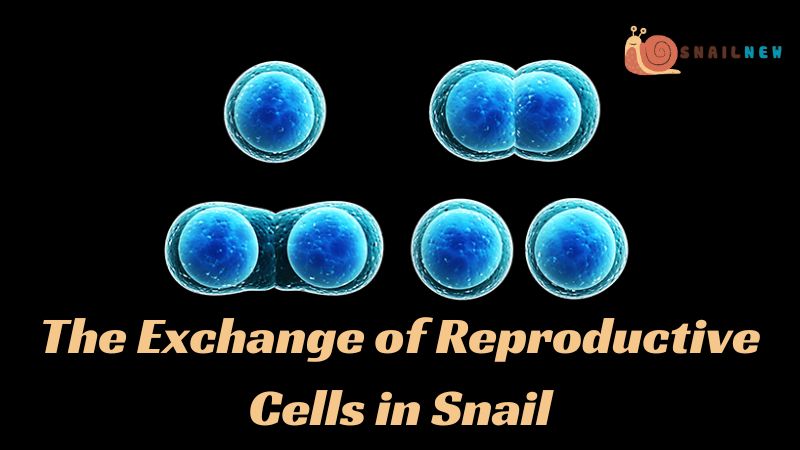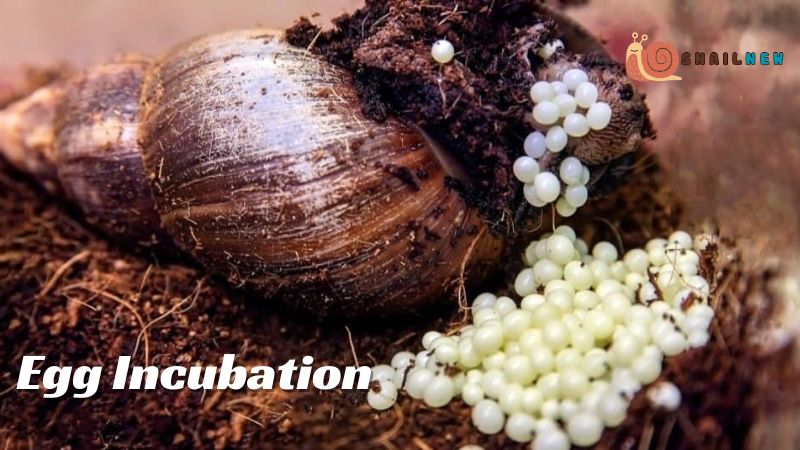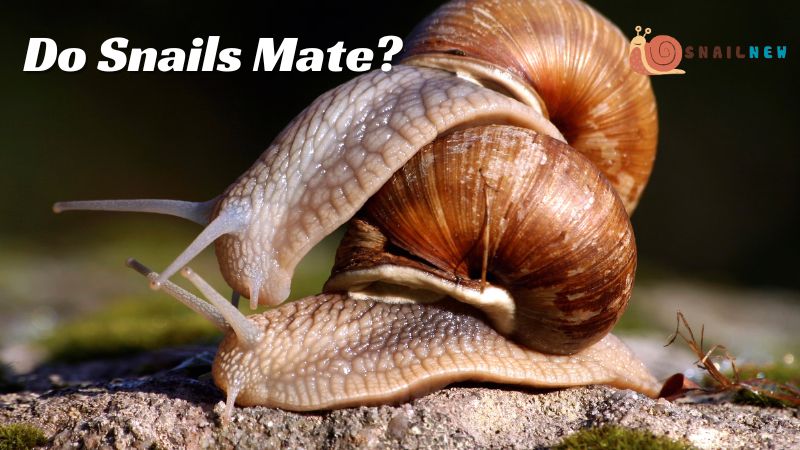Within the vast tapestry of nature, the intricacies of reproductive behaviors often offer profound insights into the evolution and adaptation of diverse species. Among these captivating phenomena, the courtship rituals of snails emerge as a compelling spectacle, characterized by the delicate interplay of hermaphroditic mating. In this comprehensive exploration, Snailnew embark on a journey to unravel the mysteries of snail reproduction, delving deep into the question: do snails mate?
Table of Contents
ToggleUnderstanding the Complexity of Snail Reproduction:
Before exploring the intricacies of snail courtship, it is essential to understand the foundational principles of snail reproduction. As members of the class Gastropoda, snails employ a distinctive reproductive strategy marked by hermaphroditism, wherein each individual possesses both male and female reproductive organs. This biological adaptation allows snails to partake in reciprocal mating, a process where each partner assumes dual roles in the reproductive exchange, contributing to the perpetuation of their species through a mutually beneficial reproductive partnership.

The Intricate Courtship Ritual:
The captivating narrative of snail mating unfolds with an enchanting courtship ritual, characterized by a series of intricate behaviors designed to evaluate compatibility and readiness for mating. At the heart of this ritual lie the tentacles, sensory organs located on the snail’s head, which serve as primary instruments for communication and sensory perception. As two snails encounter each other, they engage in a graceful dance, extending their tentacles to delicately explore and assess their potential mate, thereby initiating the intricate process of courtship and mate selection.
In the midst of this mesmerizing courtship dance, the persistent query “do snails mate” reverberates like a rhythmic refrain, underscoring the underlying purpose of their interaction. This phrase serves as a continual reminder of the ultimate goal of reproduction and the innate drive encoded within their biological makeup, symbolizing the timeless cycle of life and the primal instinct for perpetuation inherent in all living organisms.
The Exchange of Reproductive Cells:
Upon establishing compatibility, the snails progress to the next phase of their courtship: the exchange of reproductive cells. This pivotal moment entails a delicate alignment of their bodies, as they maneuver to facilitate the transfer of sperm. With a synchronized intertwining of their reproductive organs, the snails engage in a reciprocal exchange of genetic material, ensuring the fertilization of each other’s eggs.

Amidst this intimate exchange, the inquiry “do snails mate” echoes once more, underscoring the significance of their union in the perpetuation of their species. It serves as a poignant reminder of their shared commitment to reproductive success and the continuation of their lineage.
Egg Deposition and Incubation:
Following the completion of the mating ritual, each snail embarks on the intricate journey of egg deposition and incubation. Utilizing the sperm received during mating, snails internally fertilize their eggs before meticulously depositing them in an environment conducive to development. The method of egg deposition varies among snail species, with some preferring terrestrial habitats while others favor aquatic environments, reflecting the diverse ecological adaptations of snails across different habitats and ecosystems.

As the eggs mature, the persistent query “do snails mate” gradually recedes into the background, replaced by an atmosphere of anticipation for new life. Each snail dutifully tends to its eggs, meticulously ensuring optimal conditions for hatching and the subsequent emergence of their offspring, marking the continuation of the timeless cycle of reproduction.
Continuation of the Life Cycle:
With the hatching of their offspring, the cycle of snail reproduction perpetuates itself, ushering in a new generation of individuals poised to embark on their own journey of growth and maturation. As these juveniles mature, they will eventually reach reproductive age, thus perpetuating the legacy of their predecessors and ensuring the continuity of the species through successive generations. This cyclical process underscores the enduring nature of snail reproduction and the timeless rhythm of life in the natural world.
Amidst this cyclical process, the question “do snails mate?” endures as a steadfast inquiry, resonating through time as a testament to the enduring essence of life and the primal instinct for reproduction inherent in all living organisms. This query echoes through the annals of nature, underscoring the fundamental drive for perpetuation and the eternal cycle of life.
Conclusion: Do Snails Mate?
In the intricate tapestry of nature, the courtship rituals of snails stand as a captivating testament to the wonders of evolution and adaptation. Through their unique hermaphroditic reproductive strategy, snails engage in a mesmerizing dance of courtship, culminating in the exchange of genetic material and the perpetuation of their species. As we contemplate the question “do snails mate,” we gain profound insights into the complexities of life and the interconnectedness of all living beings. In the serene corners of our natural world, the timeless spectacle of snail courtship continues unabated, serving as a poignant reminder of the beauty and resilience inherent in the cycle of life.


